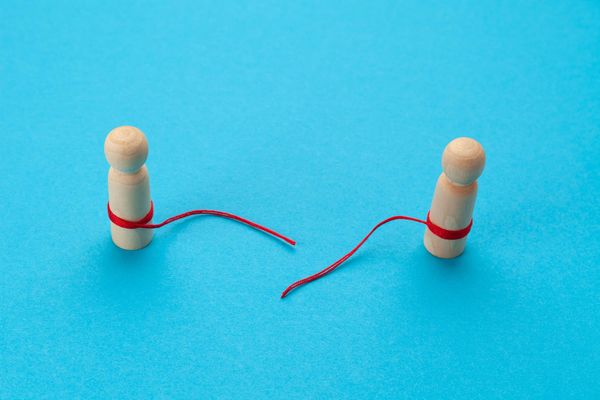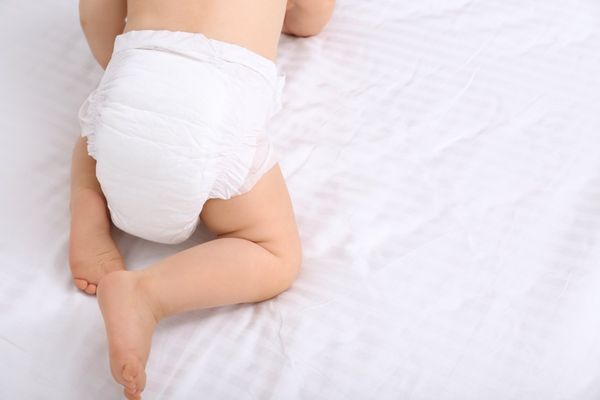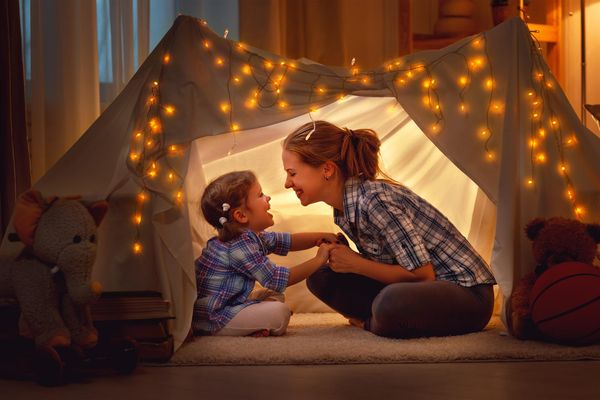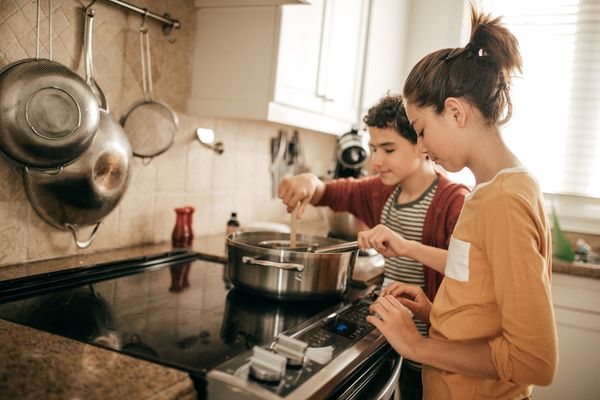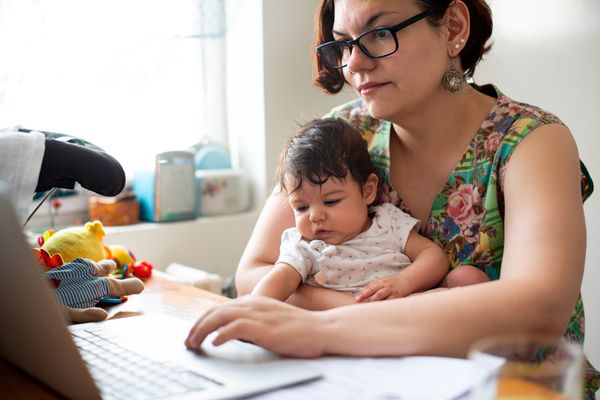Although moms may relish napping more than their children, it's no secret that naps are important to a happy, healthy baby. During your baby's first few months, naps are pretty unpredictable. Your baby may sleep on and off around the clock. But once your baby is around 4 months old, naps get more regular and last longer. From 4 months to 1 year old, most babies do well with at least two naps—one in the morning and one in the early afternoon. From 1 to 4 years old, many children need just one afternoon nap that lasts about two or three hours.
But how can you get your baby to nap comfortably when it's light out and there's activity going on around the house? Here are some tips to set up the perfect sleep environment.
Make it a routine
Daytime naps will be more successful if they're consistent every day. Aim for your child to take a nap at the same time for the same amount of time every day. If your child naps at 10 o'clock for two hours, try to stick to this schedule. It's not a big deal if the nap schedule varies on occasion—just do your best.
Where your baby naps and how you put your baby to sleep is also part of the routine. Stick to whatever works, whether it's a nap in the crib, stroller or car seat. But try not to create a routine that involves you holding, rocking or feeding your baby to sleep. Otherwise, your child could have trouble falling asleep without these comforts.
Get your baby in sleep mode
Ideally, your baby should be sleepy but still awake when you put him or her down for a nap. Droopy eyelids, fussing and rubbing his or her eyes are all signs that your baby is tired. When you notice these indicators, don't wait too long to put your baby to bed. If he or she gets overtired, fussiness and crankiness could make it more difficult to fall asleep.
Setting the right mood for sleep is important too. Consider the temperature, lighting and noise levels. Slightly cool rooms help promote good sleep, and the darker it is where your baby naps, the better. Blackout shades in the nursery or a light blanket draped partially over the stroller can help block light. As for noise, babies sleep best when there's some type of sound in the background. After all, it was nowhere near quiet in the womb! A white noise machine, fan or just the sound of you going about your daily routine should be all that's necessary.


